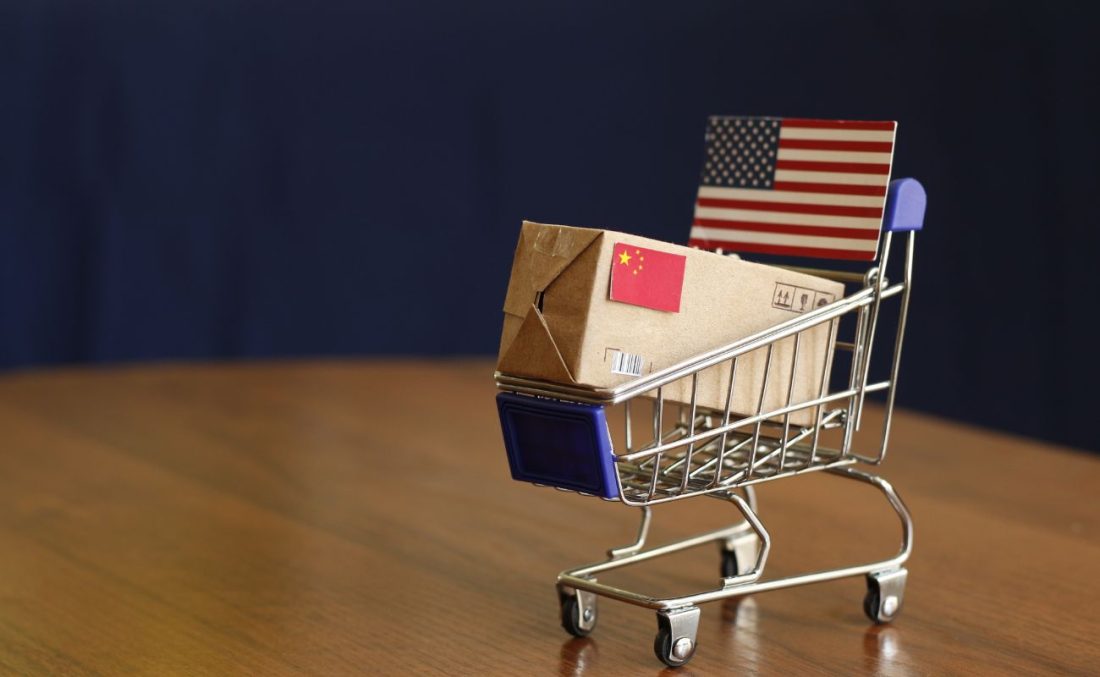Understanding the De Minimis Loophole: Who Benefits, Who Loses
October 31, 2024

The de minimis loophole has been mentioned frequently in the media lately, and the Biden administration is about to make changes to it. This is an interesting topic. Do you know exactly what it means? In this article, I’ll outline what the terms mean, the origins of this loophole, and its relevance to China sourcing.
Originating from Latin, de minimis comes from the phrase “de minimis non curat lex,” which means “the law does not concern itself with trifles.” As a legal and economic principle, the phrase suggests that the law should not focus on small, insignificant matters. In its practical application today, the rule aims to minimize the administrative burden of collecting duties on low-value imports. In other words, processing and collecting duties on low-value goods is not only inefficient, but the administrative costs of doing so often exceed the revenue collected.
Do you sell goods online?
While to many, this rule may still seem esoteric and lacking relevance to daily life, in reality, this rule impacts nearly anyone selling online, since many of these goods are imported from overseas and are delivered by air or sea frieght. It is relevant because the de minimis rule allows goods valued at $800 or less per shipment to be imported into the U.S. without incurring duties, taxes, or fees. This exemption applies to nearly all industries and is especially beneficial for small packages.
This rule is particularly relevant to China importers as it has become a prominent way to circumvent the higher tariffs resulting from the U.S.-China trade war. By splitting larger orders into multiple smaller shipments, the impact of these tariffs can be reduced or eliminated.
Exploiting the de minimis rule provides the following additional benefits:
- Cost Savings: Avoiding paying import duties can reduce your costs of goods from China.
- More competitive pricing: Lower landed costs for sellers also mean lower prices for consumers, making it easier for sellers to increase their market share.
- E-commerce and Direct-to-Consumer Sales: Some e-commerce companies use the de minimis rule to ship products directly to U.S. consumers, further enabling them to price their products more competitively.
- Supply Chain Strategy: Companies that frequently import from China can design their logistics and supply chain strategies around the de minimis threshold, optimizing the size and frequency of shipments to maximize savings.
Benefits
E-commerce Companies, entrepreneurs, and individual consumers can benefit most from the de minimis rule. Niche market retailers and startups (new market entrants) can also benefit from this rule to test the market viability of new products with minimal initial investment. Arguably, since it eases the cost burden on imported goods, the de minimis rule also helps keep inflation down in the US.
The main problem is that, to date, the main beneficiaries are not US companies but Chinese exporters like Shein and Temu. Their dominance of such imports is why the Biden administration is proposing to make changes to the rule. However, since changes to legislation take time, there is also time for US e-commerce companies to start taking advantage of it. For example, earlier this year, Amazon announced it is launching a discount store with direct shipping from China to compete with China-linked online retailers.
Downsides
Unfortunately, the de minimis rule cannot help everyone and it is putting a strain on traditional importers (i.e., those who pay tariffs), domestic manufacturers, governments, and larger corporations. With the rule being increasingly exploited by foreign-owned companies, domestic manufacturers are seeing increased competition from foreign goods and the potential loss of market share and revenue; governments are losing import duty revenue; and large corporations are at a disadvantage since they are unable to split shipments to benefit from the loophole.
There is also concern that the de minimis is pushing some US companies to move their warehouses out of the US, to regions such as Mexico or Canada, where larger shipments are received and then divided into smaller packages before being sent to the US using the de minimis rule. Such a scenario has the potential to cut American warehouses out of the supply chain, resulting in a loss of jobs. This unfortunate outcome is counter to the original intent of de minimis–to help the US economy, not harm it–and could be avoided with better planning.
Lastly, there are also human rights concerns related to the de minimis rule. It has been alleged that some of the products shipped to the U.S. duty-free due to the loophole are being made with forced labor. Thus, US companies that plan to exploit the loophole need to employ rigorous due diligence measures to ensure compliance with the Uyghur Forced Labor Prevention Act.
So, What To Do Next?
Before legislation on the de minimis loophole changes, there are still ways to take advantage of it without hurting others in the process. Start-ups and small online businesses can implement the following steps to maximize the benefits of the de minimis rule while minimizing the harm:
- Product Selection: Carefully select products that can be shipped in small orders under the de minimis rule.
- Hire professional help: Professional sourcing companies can provide expert guidance on product selection, supplier audits, and maximizing supply chain benefits.
The de minimis loophole has become a critical yet controversial aspect of global trade since it primarily benefits e-commerce businesses while putting large companies, domestic manufacturers, and governments at a disadvantage. The US administration is now increasingly scrutinizing the nearly 100-year-old policy due to fairness and ethical issues. While changes are imminent, some small businesses can still leverage it strategically, while taking steps to minimize harm to others.
